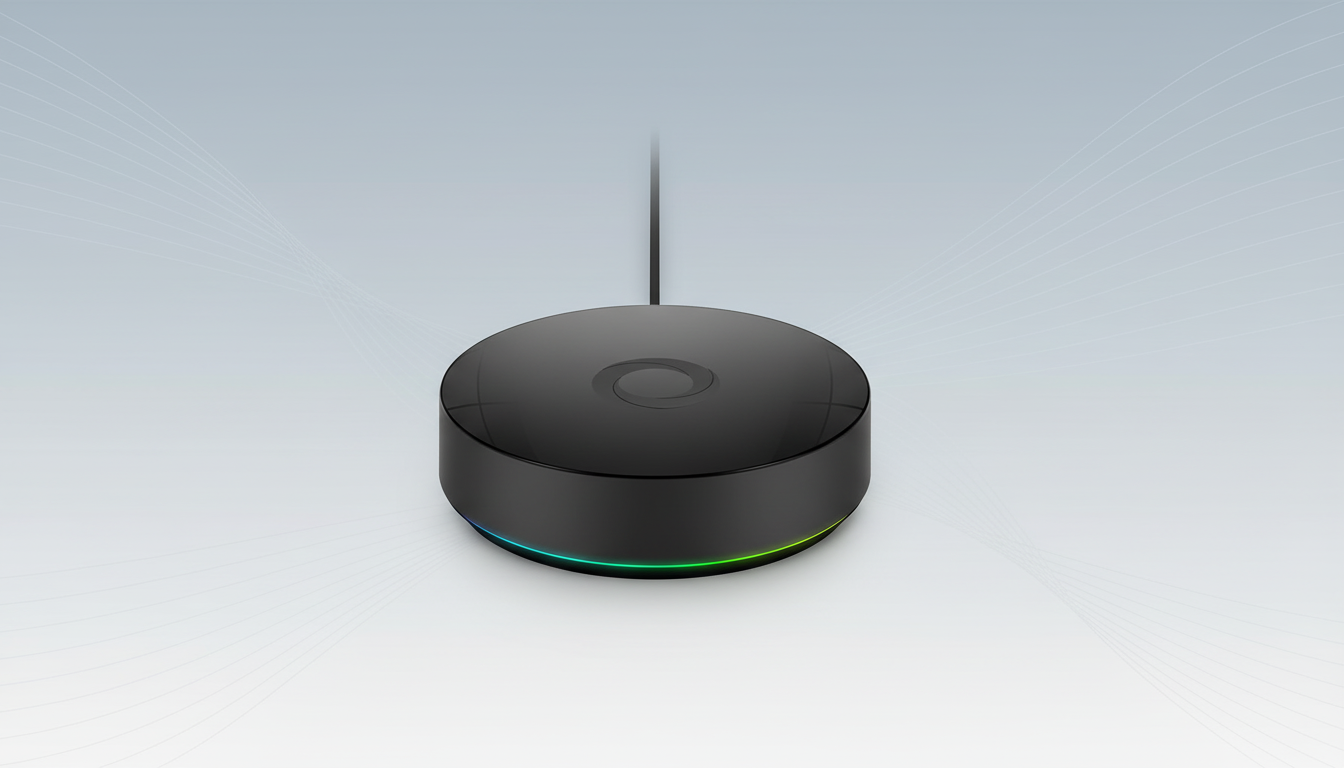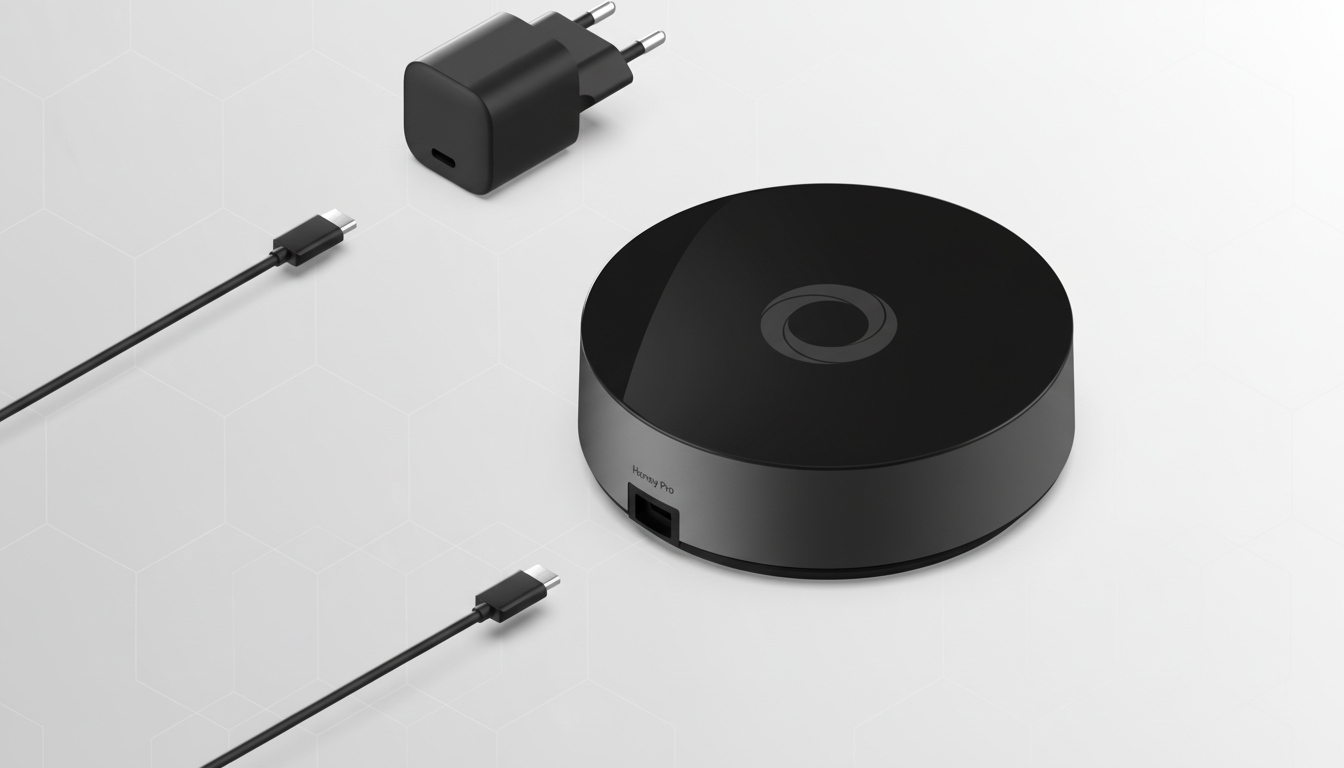Homey is increasing the software support window for its primary hubs, and says it plans to provide updates for both the Homey Pro 2023 and Homey Pro Mini until at least June 2031. For owners, that will mean additional years of security patches and new features as well as compatibility with third-party hardware without having to upgrade their device.
The pledge extends the initial five-year Homey Pro 2023 plan to eight years, a 60% increase in guaranteed lifetime. In a category where three or even five years have often been the informal norm, this represents an intentional move towards durability and long-term value.

What Extended Support Is Actually Covering
Homey assures users that regular firmware updates will follow, containing security patches, new features, and ongoing improvements to the Homey App integrations that link up devices and services. Equally important, the company wants to monitor changes in key standards so hubs remain interoperable as ecosystems evolve.
Already, Pro 2023 lays the smack down on a smorgasbord of radios and protocols — Zigbee, Z-Wave, 433MHz, Infrared, Bluetooth (bleh), Wi‑Fi (better), Matter, and Thread — you can use for local and cloud automations. Providing support now makes it more likely this hardware remains compatible as Matter adds features further and Thread border router software matures, all while keeping legacy gear talking reliably with new acquisitions.
That longer runway also underwrites the dependability of offline automations for users inclined to favor local-first control. If the cloud goes out, those lighting, lock, and energy management routines need to keep running offline. (Of course, they will have to continue receiving updates for on-box operations to maintain devices around the hubs, whose OS and other software and radio stacks remain supported thanks to such a commitment.)
The Runway Is The Same Between Pro And Pro Mini
The 2031 timestamp refers not just to the 2023 Pro, but also the smaller Pro Mini. The Mini is the more contemporary of the two, but harmonizing their end-of-support timelines makes it easier for households that have deployed multiple hubs around rooms or outbuildings to plan ahead.
Functionally, that’s the twist: Whether you’re building a whole-home setup around the Pro, or running room-level automations on the Mini, you can settle on a single platform with a public support horizon. Homey’s app collection already includes thousands of products by brand names like Philips Hue, Sonos, Shelly, and Aqara; having both hubs in alignment ensures that those integrations continue to grow without leaving parts of the house in the past.
Why This Matters For The Longevity Of Smart Homes
Smart home buyers have long struggled with hardware effectively being rendered obsolete as it ages out of updates or loses cloud functionality sooner than expected. And we’ve watched high-profile instances play out throughout the industry, from older thermostats being gently nudged into retirement to first-generation bridges and cameras losing remote access. When one of those hubs goes stale, it can manifest as incompatibility for dozens of connected devices.

Regulators are heading in the same direction as consumers. The UK’s Product Security and Telecommunications Infrastructure Act mandates minimum levels of security for connected products and warnings on support periods, and European efforts around repairability and digital product transparency are creating a benchmark for continual updates. Homey’s eight-year commitment fits squarely with that momentum.
It’s also a good time for convergence on standards. The Connectivity Standards Alliance is continuing to refine Matter with new device types and further improvements around multi-admin experiences, while the Thread Group evolves mesh networking and border router reliability. This also reduces the risk of fragmentation as the specifications for those protocols evolve.
Power user and developer benefits from longer support
A longer lifespan provides more than peace of mind — it increases value for heavy automation users. More complicated schedules, which mix presence, energy tariffs, solar production, and security sensors, can only be achieved with a healthy, clear-headed brain.
For developers, a clear horizon provides security for maintainers of Homey Apps to continue investing in integrations and advanced features. Stable APIs and long-term firmware support mean less breakage, and a better guarantee that niche devices — often the ones automation enthusiasts care about most — will be supported.
What to watch next for Homey Pro and Pro Mini updates
Homey is also teasing upcoming features on top of security updates, though the specifics are still to be set in stone. Key areas include Matter revisions that broaden the scope of device categories and energy reporting, Thread reliability enhancements, and quality-of-life updates, including backup recovery tools for advanced flows.
The larger headline is strategic: Eight years of commitment invites customers to treat hubs the way they once did light switches — buy once, use long. If other vendors start to go this route too, the smart home might at last begin to feel as reliable as the homes themselves.

